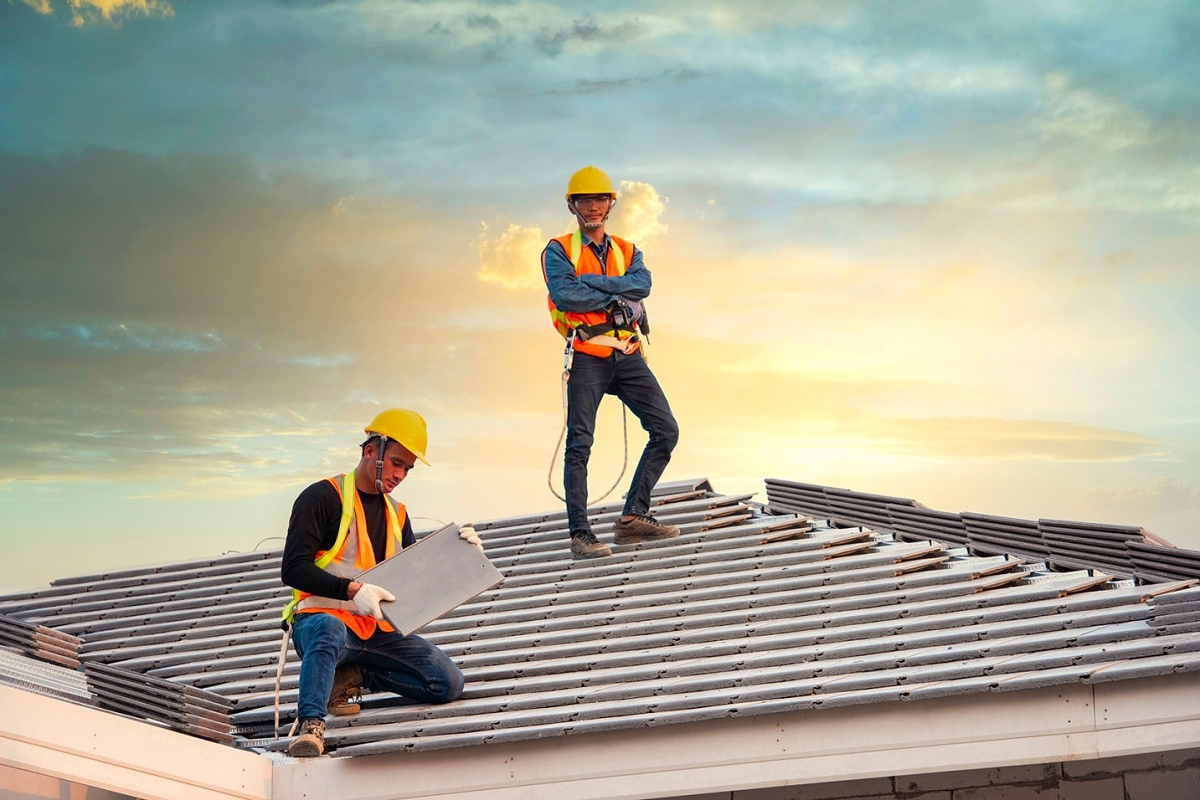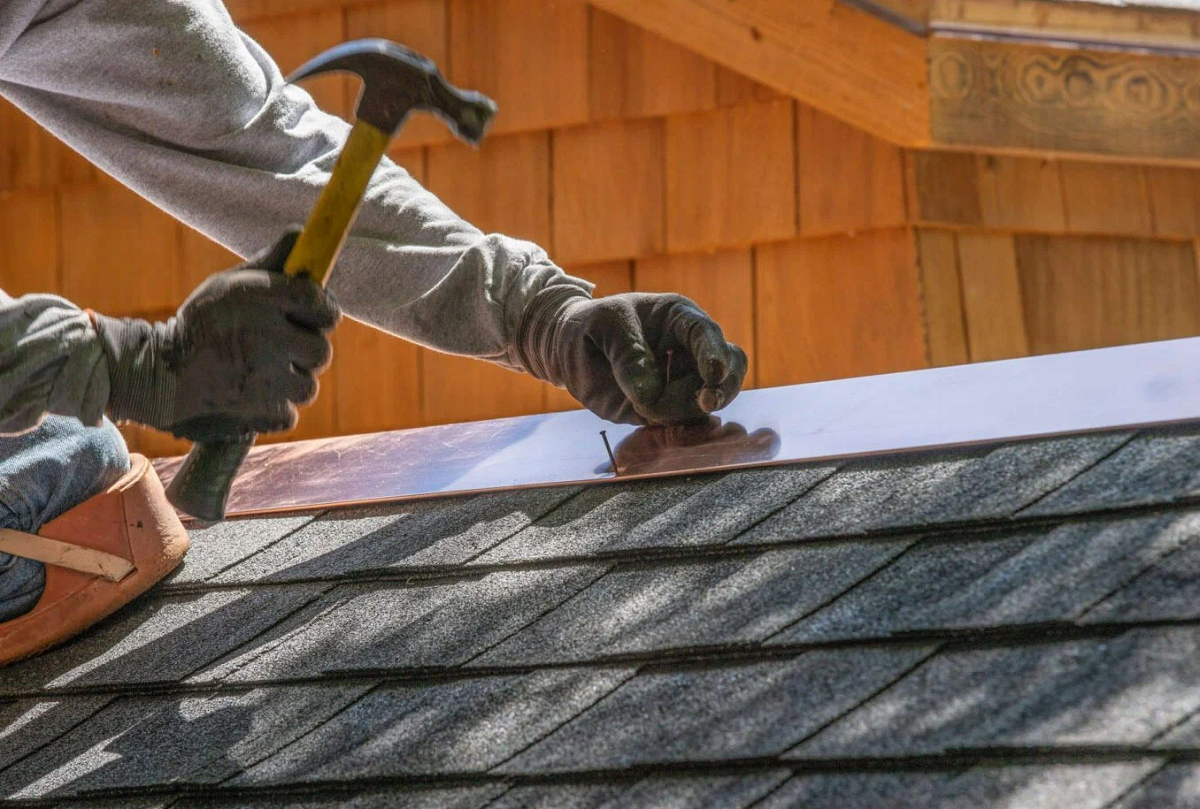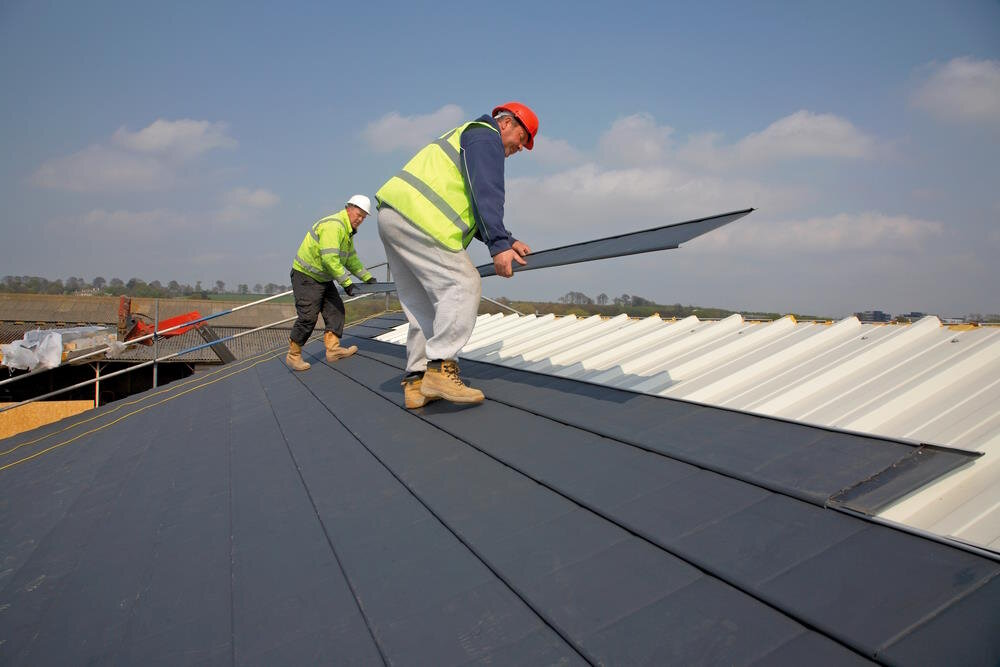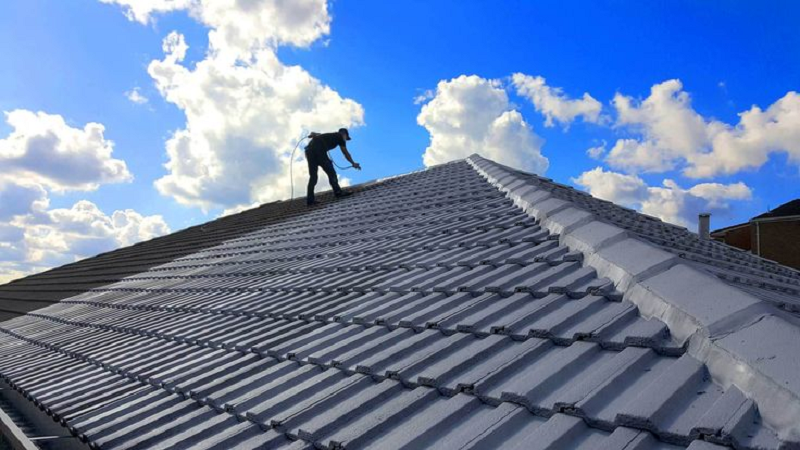Understanding The Impact Of Avalon Weather On Your Roof
Nestled in the picturesque landscape of California, Avalon boasts a charming coastal climate that is the envy of many. However, behind its sunny facade lies a weather story that can significantly impact your home, especially its often-overlooked protector – the roof. As a homeowner in Avalon, grasping the nuances of the local weather patterns is crucial to maintaining a sturdy and resilient roof that stands the test of time.
Avalon's weather is characterized by its Mediterranean-like climate, with mild, wet winters and warm, dry summers. While this may sound idyllic, it presents unique challenges for roofs. The relentless sun beats down on roofs, causing materials to expand and contract, leading to cracks and deterioration over time. Additionally, Avalon experiences its fair share of rain and occasional storms, which can exacerbate these issues, especially if your roof isn't properly maintained or prepared.
In this blog post, we will delve into the various ways Avalon's weather can impact your roof, from the damaging effects of sun exposure to the challenges posed by rain, moisture, and high winds. By understanding these factors and implementing proactive maintenance measures, you can ensure that your roof remains a reliable shield against Avalon's weather whims. So, join us as we explore the fascinating world of Avalon weather and its impact on your roof's longevity and performance.
Understanding Avalon Weather
Avalon, with its unique location and geography, experiences a climate that sets it apart from many other regions. Situated on the California coast, Avalon enjoys a Mediterranean climate characterized by mild, wet winters and warm, dry summers. However, its proximity to the Pacific Ocean also exposes it to marine influences that can bring fog and cool breezes, particularly in the mornings and evenings.
One of the most notable aspects of Avalon's weather is its variability. While the overall climate is mild, Avalon can experience occasional extremes, such as heatwaves in the summer and cold snaps in the winter. These fluctuations can pose challenges for residents and infrastructure alike, including roofs.
Avalon's weather can impact roofs in several ways. The combination of sun exposure and occasional high temperatures can cause roofing materials to expand and contract, leading to potential issues like cracking and warping. Additionally, Avalon's rainy season can put roofs to the test, as heavy rainfall can lead to water damage if roofs are not properly maintained or if drainage systems are inadequate.
Furthermore, Avalon's occasional high winds and the potential for storms can pose additional risks to roofs. Wind can lift or dislodge roofing materials, leading to leaks and other damage. Storms, with their accompanying rain and strong winds, can exacerbate these issues and cause further harm if roofs are not structurally sound.
Understanding Avalon's weather patterns and their potential impact on roofs is crucial for homeowners. By staying informed and proactive in roof maintenance and care, residents can help ensure their roofs remain in good condition and provide reliable protection against Avalon's ever-changing weather.
Avalon Weather Patterns
Avalon, located on the picturesque Santa Catalina Island off the coast of Southern California, experiences a Mediterranean climate characterized by mild, wet winters and warm, dry summers. The island's weather is greatly influenced by its proximity to the Pacific Ocean, which moderates temperatures year-round.
During the winter months (December to March), Avalon sees mild temperatures ranging from the mid-50s to mid-60s Fahrenheit (12-18°C). This season is also the wettest, with occasional rain showers and the potential for heavier rainfall during storms. While snow is rare, the surrounding higher elevations may receive light dustings.
In contrast, summer (June to September) brings warm and mostly dry weather to Avalon. Daytime temperatures typically range from the mid-70s to mid-80s Fahrenheit (24-30°C), with occasional spikes into the 90s (32-37°C). The island benefits from the cooling influence of the ocean, making it a popular destination for visitors seeking relief from the mainland's hotter temperatures.
Overall, Avalon's weather is relatively mild and pleasant, making it an attractive location for outdoor activities and tourism throughout much of the year. However, homeowners should be aware of the unique challenges that this climate can pose to their roofs and take appropriate measures to protect their homes.
Effects Of Sun Exposure
- Description: Avalon's sunny climate can have a significant impact on your roof over time. Understanding these effects can help you take proactive steps to protect your roof and extend its lifespan.
- UV Rays: The sun's ultraviolet (UV) rays can cause roofing materials to deteriorate and weaken over time. This can lead to cracks, leaks, and other forms of damage.
- Discoloration: Prolonged exposure to the sun can cause roofing materials to fade or change color. While this may not always indicate damage, it can affect the aesthetic appeal of your roof.
- Heat Absorption: Dark-colored roofing materials, common in Avalon due to their heat-absorbing properties, can lead to higher indoor temperatures and increased energy costs.
- Maintenance Tips: Consider using light-colored or reflective roofing materials to reduce heat absorption. Regularly inspect your roof for signs of damage, such as cracks or warping, and address them promptly to prevent further issues.
Impact Of Rain And Moisture
Avalon's rainy season brings significant challenges to residential roofs. Understanding how rain and moisture affect your roof is crucial for its long-term performance and durability.
1. Water Damage:
- Leak Formation: Constant exposure to rain can lead to the formation of leaks in your roof. Over time, these leaks can cause significant water damage to your home's interior, including ceilings, walls, and insulation.
- Mold and Mildew Growth: Moisture trapped in the roof's layers can promote the growth of mold and mildew. Besides being unsightly, mold can pose health risks to you and your family.
2. Material Deterioration:
- Shingle Damage: Asphalt shingles, commonly used in Avalon, can deteriorate when exposed to moisture over time. This can lead to curling, cracking, or even missing shingles.
- Wood Rot: Wooden roof structures are particularly susceptible to moisture damage. Rotting wood can compromise the structural integrity of your roof, leading to costly repairs or replacements.
3. Ice Dams:
- Formation: In colder months, snow on the roof can melt and refreeze at the edges, forming ice dams. These dams can prevent proper drainage, leading to water seepage under the roof covering.
- Damage: Ice dams can damage shingles, gutters, and the roof structure itself. Proper insulation and ventilation can help prevent ice dam formation.
4. Roof Flashing Issues:
- Corrosion: Constant exposure to moisture can cause metal roof flashing to corrode. Corrosion weakens the flashing, making it less effective at preventing water penetration.
- Sealant Failure: The sealant around roof penetrations, such as vents and chimneys, can degrade over time due to moisture exposure. This can lead to water leaks if not addressed promptly.
5. Prevention and Maintenance:
- Regular Inspections: Schedule regular roof inspections to identify and address any issues before they escalate.
- Proper Ventilation: Ensure your attic is properly ventilated to reduce moisture buildup and prevent mold growth.
- Prompt Repairs: Address any signs of roof damage, such as leaks or missing shingles, promptly to prevent further water infiltration.
Understanding these effects of rain and moisture on your roof can help you take proactive steps to protect your home and extend the life of your roof in Avalon's climate.
Dealing With High Winds
A. Understanding Wind Ratings:
- Explanation of wind ratings for roofing materials (e.g., ASTM D3161 for asphalt shingles).
- Importance of selecting materials with appropriate wind resistance for Avalon's windy conditions.
B. Reinforcing Your Roof:
- Tips for reinforcing roofs to withstand high winds (e.g., adding extra fasteners, using hurricane straps).
- Importance of professional installation to ensure proper reinforcement.
C. Choosing Wind-Resistant Materials:
- Overview of roofing materials that offer high wind resistance (e.g., metal roofing, concrete tiles).
- Factors to consider when selecting wind-resistant materials, such as local building codes and manufacturer warranties.
D. Regular Inspections and Maintenance:
- Emphasis on the importance of regular roof inspections, especially after strong wind events.
- Tips for identifying and addressing wind damage early to prevent further issues.
E. Emergency Preparedness:
- Guidance on creating an emergency plan for severe weather, including securing loose objects around the property.
- Importance of having a reliable contractor's contact information for emergency repairs.
F. Community Resources:
- Mention of local resources or programs in Avalon that can assist homeowners with roof repairs or replacements after wind damage.
- Encouragement for homeowners to stay informed about community resources for disaster recovery.
Preparing For Storms
- Check Roof Integrity: Inspect your roof for loose or damaged shingles, flashing, or other components that could become problematic during a storm. Repair any issues promptly.
- Clean Gutters and Downspouts: Ensure that gutters and downspouts are clear of debris to prevent water buildup and potential roof leaks.
- Trim Trees: Trim branches near your roof to reduce the risk of them falling onto your roof during high winds.
- Secure Outdoor Items: Secure or store outdoor furniture, decorations, and other items that could become projectiles in high winds.
- Consider Impact-Resistant Materials: If you live in an area prone to severe storms, consider upgrading to impact-resistant roofing materials to better protect your home.
- Emergency Supplies: Have an emergency kit ready in case of a storm-related power outage or other emergency situation.
- Insurance Review: Review your homeowners insurance policy to ensure you have adequate coverage for storm damage.
Maintaining Your Roof In Avalon
Regular Inspections:
- Schedule annual inspections by a professional roofer to assess the roof's condition.
- Look for signs of damage such as cracked or missing shingles, rust spots on metal roofs, or signs of moisture buildup.
Clean Gutters and Downspouts:
- Ensure gutters and downspouts are clear of debris to allow proper drainage.
- Clogged gutters can lead to water backup and damage to the roof and interior of the home.
Trim Overhanging Branches:
- Trim trees near the roof to prevent branches from falling and damaging the roof during high winds or storms.
- Overhanging branches can also deposit leaves and debris on the roof, leading to moisture buildup and potential damage.
Repair Damage Promptly:
- Address any damage promptly to prevent further deterioration.
- Hire a professional roofer to repair damaged shingles, flashing, or other components to maintain the roof's integrity.
Preventative Maintenance:
- Consider applying a roof coating to extend the life of the roof and protect against UV rays.
- Replace missing or damaged shingles promptly to prevent water intrusion and further damage.
Professional Maintenance:
- Hire a professional roofing company to perform regular maintenance tasks such as sealing seams, checking for leaks, and inspecting flashing.
- Professional maintenance can help identify and address potential issues before they become major problems.
Conclusion
In conclusion, understanding the impact of Avalon weather on your roof is crucial for maintaining its longevity and performance. Avalon's unique climate, characterized by sunny days, occasional storms, and high winds, can take a toll on roofing materials over time. By being aware of these factors and taking proactive measures, such as regular inspections, maintenance, and storm preparedness, you can protect your roof and ensure it continues to safeguard your home.
As a homeowner in Avalon, it's essential to prioritize the health of your roof. Schedule a professional inspection to assess its current condition and address any potential issues. Consider investing in preventative measures, such as applying protective coatings or reinforcing vulnerable areas, to enhance your roof's durability. Remember, a well-maintained roof not only protects your home but also adds value to your property. Take action today to protect your investment and enjoy peace of mind knowing your roof can withstand whatever Avalon weather brings.










